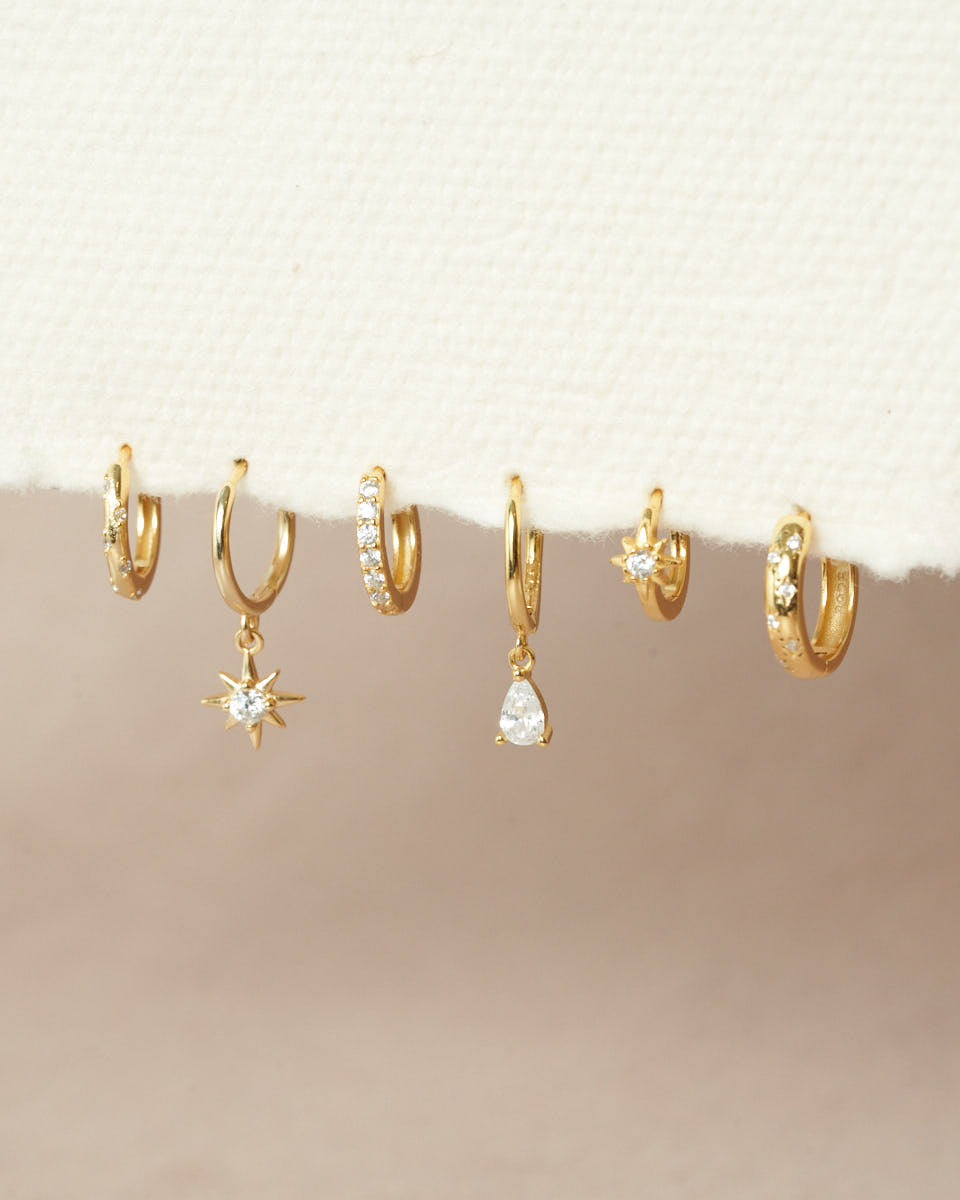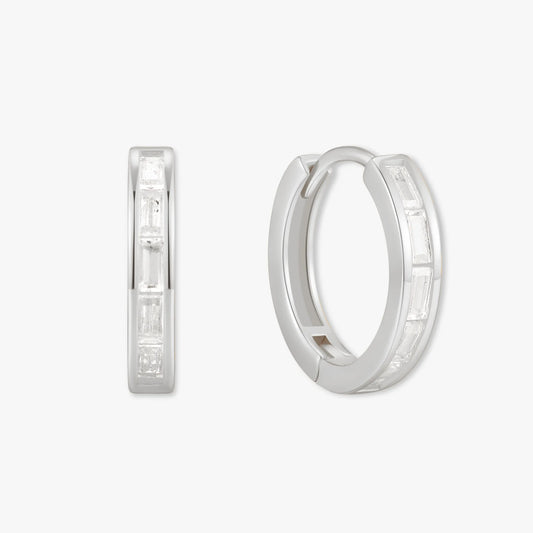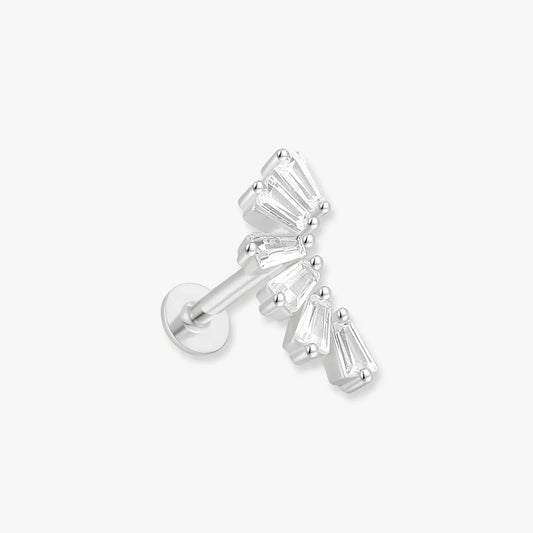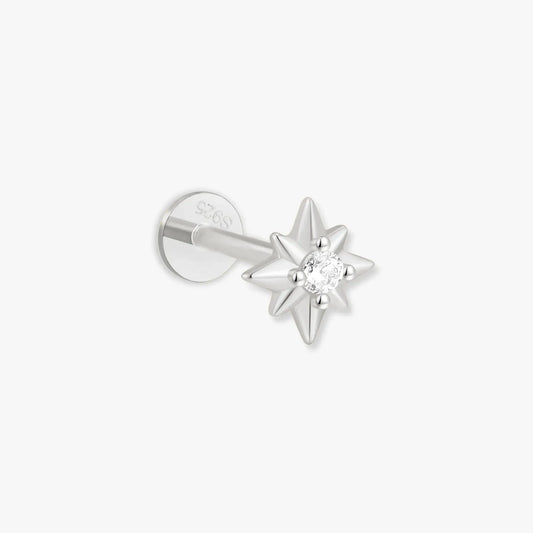What Is Sterling Silver, Really?
Sterling silver is 92.5% pure silver, blended with 7.5% other metals (usually copper). This combination gives silver the strength it needs to be worn regularly — without losing its signature shine.
Pure silver alone is too soft for most jewellery applications. By adding a small percentage of copper, we get a precious metal that’s durable, malleable, and timeless. That’s where the term “925 silver” comes from — a mark of quality and authenticity.












